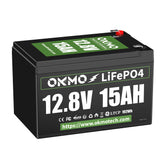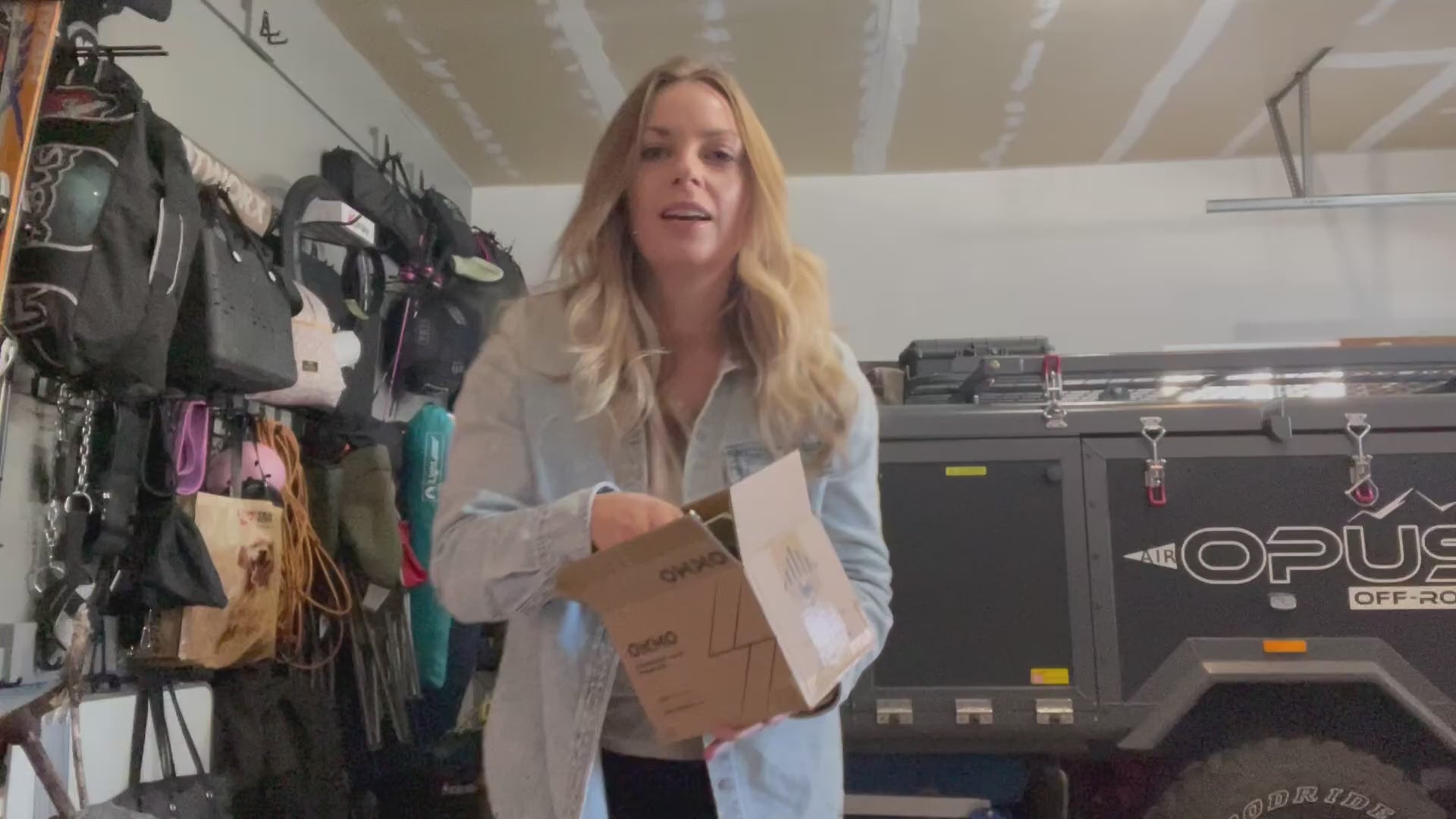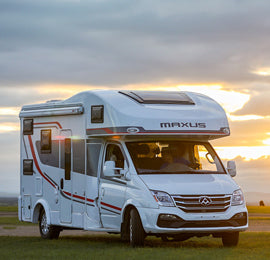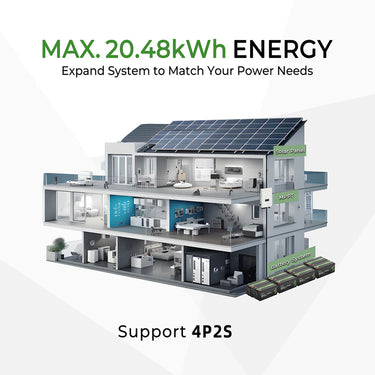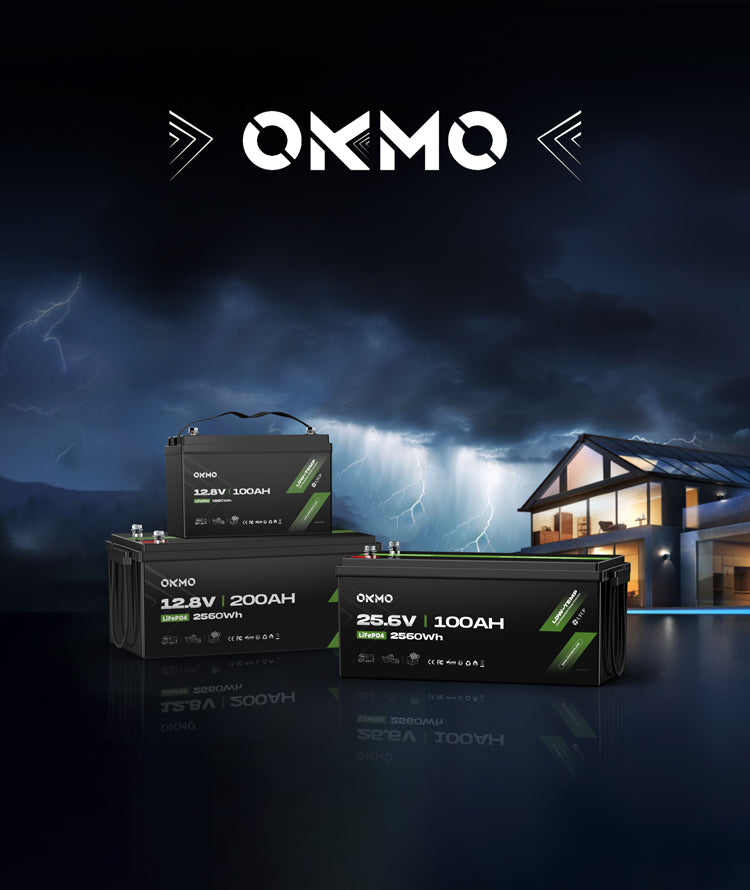Lithium-Ion Trolling Motor Batteries: Why LiFePO4 Emerges as the Ultimate Choice?
 — The Critical Balance of Safety, Longevity, and Performance
— The Critical Balance of Safety, Longevity, and Performance
In the realm of trolling motor batteries, lithium-based solutions have progressively replaced traditional lead-acid batteries, becoming the preferred choice for those prioritizing efficiency, endurance, and lightweight design. However, beneath the umbrella term "lithium battery" lies a crucial technological divide: lithium-ion batteries (represented by NMC/NCA chemistry) versus lithium iron phosphate (LiFePO4) batteries. Though both belong to the lithium battery family, they differ significantly in safety, lifespan, cost, and environmental adaptability. This article delves into why LiFePO4 batteries are better suited for the demanding conditions of trolling motor applications.
I. Core Differences: Chemistry Dictates Performance Limits
| Property | NMC/NCA Lithium-Ion | LiFePO4 |
|---|---|---|
| Energy Density | High (180-250 Wh/kg) | Moderate (90-160 Wh/kg) |
| Cycle Life | 800-1,500 cycles (to 80% cap.) | 2,000-7,000 cycles (to 80% cap.) |
| Thermal Runaway Risk | High (decomposes >200°C, releases oxygen) | Very Low (decomposes >500°C) |
| Low-Temp Performance | Retains ~70% capacity at -20°C | Capacity drops to 50-60% at -20°C |
| Cost | High (relies on Co/Ni) | Lower (Fe/P abundant) |
🔋 Implications for Trolling Motors:
Range Anxiety vs. Lifetime Anxiety: While NMC offers higher energy density (20-30% more range per volume), LiFePO4’s 3–5x longer cycle life drastically reduces replacement frequency.
Safety First: In confined marine battery compartments, LiFePO4’s non-flammable electrolyte and thermal stability eliminate explosion risks.
 II. Marine Application: Five Overwhelming Advantages of LiFePO4
II. Marine Application: Five Overwhelming Advantages of LiFePO4
-
Safety Redundancy: A Non-Negotiable for Marine Environments
Trolling motor batteries endure damp, high-vibration conditions. NMC batteries risk thermal runaway when punctured, crushed, or overheated, whereas LiFePO4 typically only smokes without igniting—meeting safety standards like ABS/DNV. -
Deep-Cycling Capability: An Angler’s All-Day Partner
Trolling motors require prolonged low-speed operation (e.g., 8-hour fishing trips), demanding deep discharge (DoD) tolerance:-
LiFePO4: 100% DoD (recommended: 80%) without lifespan penalty.
-
NMC: Exceeding 80% DoD accelerates degradation.
✅ Real-world case: A 100Ah LiFePO4 reliably delivers >80Ah, while NMC capacity plummets after repeated deep discharges.
-
-
Lifetime Economics: 50% Lower Long-Term Cost
Battery Type Unit Price (100Ah) Cycles Total Energy (kWh) Cost per kWh NMC $700 1,000 80 $8.75 LiFePO4 $900 4,000 320 $2.81 📉 Over a 10-year period, LiFePO4 saves ≥2 replacement costs.
-
Temperature Resilience: Conquering Extreme Conditions
-
Heat: LiFePO4 retains >95% capacity at 45°C; NMC drops to ~85%.
-
Cold: NMC outperforms at -20°C, but LiFePO4 deficits can be mitigated with optional self-heating BMS.
-
-
Eco-Compliance: The Green Choice
LiFePO4 contains no cobalt/nickel, aligning with IMO Ship Recycling and upcoming EU battery regulations (2027).
 III. NMC’s Niche: When Might It Be Considered?
III. NMC’s Niche: When Might It Be Considered?
Despite LiFePO4’s dominance, NMC remains viable in two scenarios:
-
Ultra-Lightweight Needs: e.g., kayaks or inflatables requiring maximum weight savings (30% lighter per capacity).
-
Extreme Cold Operations: e.g., Alaska or Nordic waters below -30°C (paired with insulated compartments).
IV. Buying Guide: Four Critical Technical Parameters
-
Smart BMS Protections: Must include:
-
Temperature monitoring (-5°C to 60°C)
-
Voltage/current balancing
-
Short-circuit + overcharge/discharge protection
-
-
IP67 Waterproof Rating: Essential for deck splashes and humidity.
-
Continuous Discharge Rate (C-Rate): Must support ≥1C sustained output (e.g., 100A for a 100Ah battery).
-
Certifications:
-
UL 1973 (safety)
-
UN 38.3 (transport)
-
CE/ROHS (EU compliance)
-
⚠️ Beware of "low-cost traps": Some "marine lithium" batteries repurpose retired automotive cells without marine-grade engineering.
 V. Market Trends: LiFePO4 as the New Standard
V. Market Trends: LiFePO4 as the New Standard
-
Market Share: >75% of North American marine lithium batteries in 2023 (Frost & Sullivan).
-
Brand Shifts:
-
Dakota Lithium, Ampere Time: Specialize in rugged LiFePO4 batteries.
-
Minn Kota, MotorGuide: New trolling motors now exclusively pair with LiFePO4.
-
Conclusion: LiFePO4 is the Ultimate Trolling Motor Battery
In the critical balance of safety, longevity, and total ownership cost, LiFePO4 delivers near-perfect harmony. For frequent boaters prioritizing reliability, investing in a LiFePO4 battery with smart BMS and robust waterproofing is key to enhancing both range and safety.
Action Plan:
Calculate required capacity (Ah) based on motor voltage (12V/24V/36V) and thrust (lbs).
Prioritize LiFePO4 batteries with built-in heating for cold climates.
Ensure charger compatibility (CCCV + absorption charging).
 Top LiFePO4 Marine Battery Recommendations
Top LiFePO4 Marine Battery Recommendations
| Brand | Model | Capacity | Key Technology | Price Range |
|---|---|---|---|---|
| Dakota Lithium | DL+ 12V | 100Ah | Carbon fiber shell, -30°C start | $900-$1,200 |
| Ampere Time | 12V Marine | 100Ah | IP67 + auto-balancing BMS | $600-$800 |
| OKMO | 12100 | 100Ah | Marine shock certification | $185.99 |
By mastering these parameters and rationally weighing needs, you can confidently navigate the lithium battery landscape to power your trolling motor with precision.
